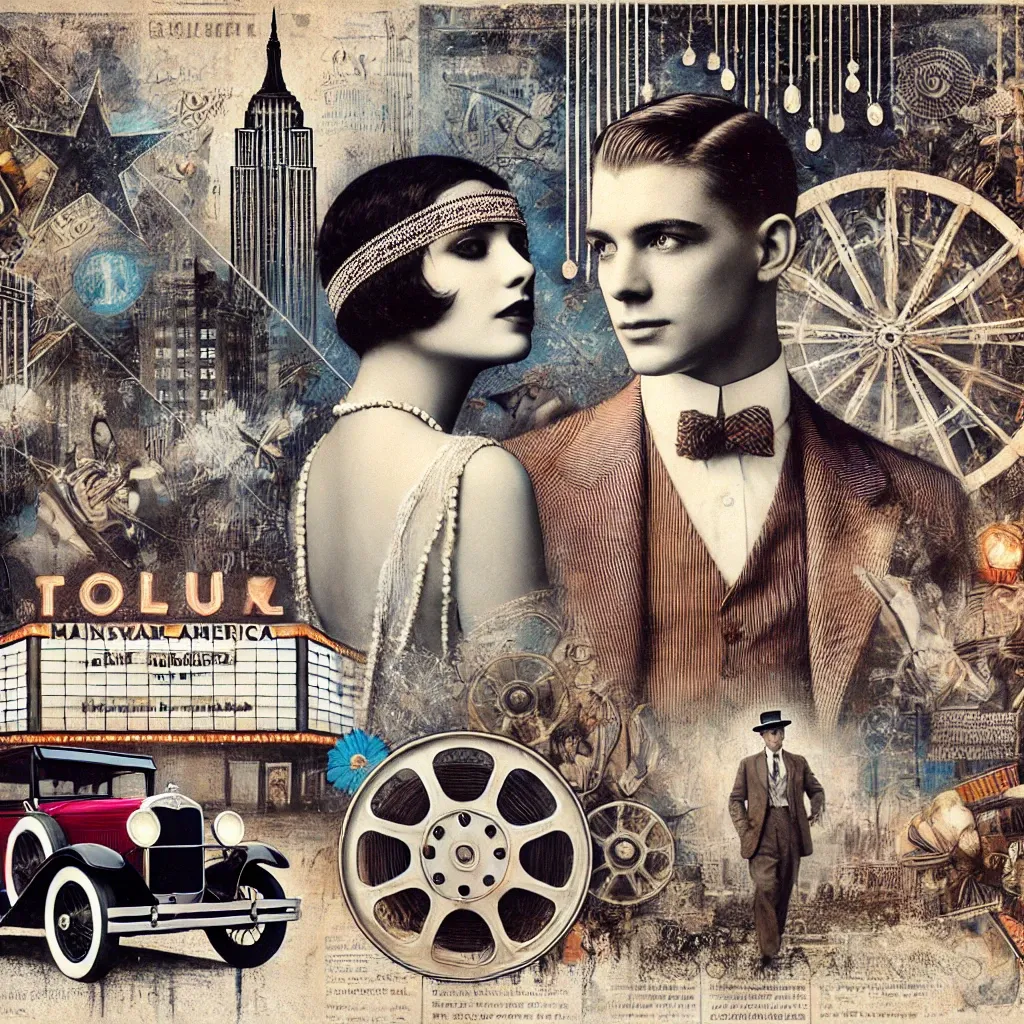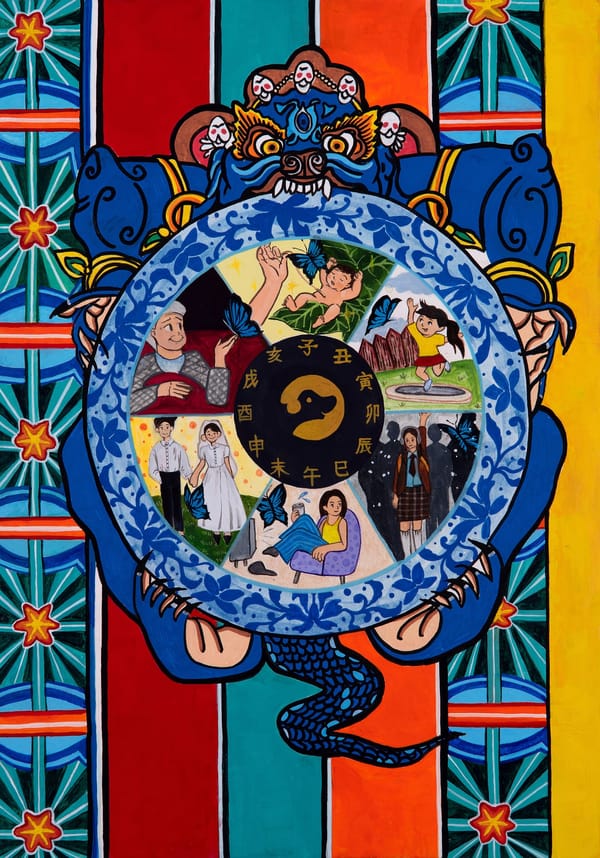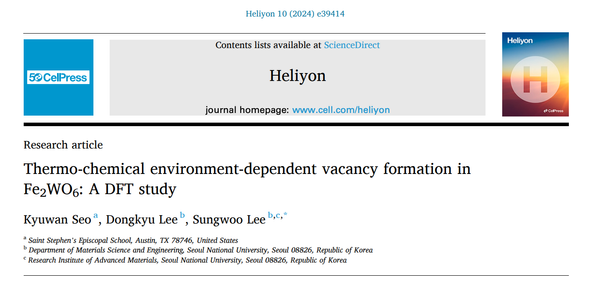Reconstructing Gender: 1920s Mainstream America’s Gender Dynamics

Among the countless debates today, gender identity has risen to be one of the most prominent subjects, involving feminism and LGBTQ+ rights. One crucial element of this conflict is the overturning of traditional gender roles and the definitions of masculinity and femininity. In a New York Times interview, English journalist Caitlin Moran states, “When we invent a new kind of woman or a new way of talking about women, it gets quickly absorbed into the mainstream” (Marchese). Such revolutionary reconstructions of gender identity through the mainstream contribute to the expansion of freedom in the expression of gender identity against traditional norms. The use of mainstream platforms can be traced back to a century ago, when the mainstream, or political and cultural influence, shifted contemporary ideas of gender identity. Following the destruction and turmoil of the first World War, many Americans questioned the fundamental societal values; throughout the 1920s, the nation witnessed countless conflicts between traditional virtues and novel radical ideas around people’s way of life, later referred to as “culture wars.” With the establishment of a “mainstream” through technological and societal developments, both progressive and conservative ideas could be exposed to the public. Intertwined with this mainstream, the culture war between the traditional and radical ideas of gender identity was evidence of expanding freedom; people challenged the limitations of conventional norms and introduced new forms of gender expression and roles within the new cultural and political mainstream of the Roaring Twenties. Reflecting this radicalism, a contemporary article covering the conflict between Italian actor Rudolph Valentino and a Chicago Tribune reporter illustrates characters deviating from traditional masculinity in the film industry. On the other hand, the increased influence of women within the public sphere, exhibited by the Indiana Women’s Klan’s Pledge of Loyalty, points towards the rise of feminine agency even in the Klan’s opposition to women’s sexual liberation.
A symbol of the partial feminization of men, Valentino and his filmmakers reconstructed and “softened” masculinity in the aftermath of a period of warfare, during which masculinity was defined by physicality and toughness. During the 1920s, the American film industry developed dramatically with the rise of Hollywood, dominating the global market as well as the domestic. This new platform reached an unprecedented scale of audience – the weekly movie attendance in 1929 was 80 million, double the number from 1922 (Foner 769-770). One of the most prominent actors in this time period was Rudolph Valentino; “so strongly identified as an ‘other,’” Valentino's role on the scene could be employed “in displacing American male wounds from the war onto Europeans and domestic issues.” Valentino’s roles in these films denounced the “patriarchal ideals of the past” and conveyed that “reconstruction by the female offered a chance of ‘becoming’” (Slater 101, 102). Due to the continuance of wartime repression and rigorous censorship towards “artistic works with sexual themes,” Valentino’s representation of men in prime films brought great backlash (Foner 783). A New York Times article published in 1926 demonstrates the harsh criticism that Valentino receives from a nameless Chicago Tribune reporter – questioning what “masculine America was coming to,” the editorial went so far as to ask, “Why didn’t some one quietly drown [Valentino] years ago?” and mourned that Valentino, “the beautiful gardener’s boy, [was] the prototype of the American male” (VALENTINO). The extent of the criticism is representative of the revolutionary nature of Valentino’s portrayal of masculinity. Valentino responds to the reporter by calling the reporter a “coward” and wanting to teach him the “respect of a man” – despite his “softening” of traditional masculinity, Valentino’s words erase the potential insecurities behind the new masculinity and allows it to be more widely accepted by the public. In fact, considering that Valentino was a star of his generation, this feminization of men in his films was supported by many groups. For example, as another symbol of shifting gender identity, the “flappers,” or sexually liberated women, would even attempt to storm Valentino’s funeral home following his death (Foner 775). As the public reception of Valentino indicates, the experimentation of gender identity through the platform of theaters permitted men to obtain more freedom in expressing their true self beyond the societal limits of preconceptions upon gender identity even with the harsh judgment and criticism that could follow.
The shift of gender perception occurred beyond performances and entertainment; despite its contributions to segregation and racial violence, the Women of the Ku Klux Klan (WKKK) was a definitive indicator of the increased “masculine” roles of women in the political and social spheres. The staple feminist movement of the decade was the sexual liberation of women including the flappers, but even women with more traditional values experienced a development in the social construct of femininity. The Klan believed that feminism endangered American civilization and defied the “pure American values” that the Klan claimed it stood for (Foner 789). However, the WKKK embodied the expansion of women’s freedom with its systematic organization and active operations that exerted considerable influence upon society. The Indiana WKKK’s Pledge of Loyalty refers to the leaders of the WKKK as the “Women of the Golden Mask” and mentions their “authority and directions,” reflecting the strict rules and thus women’s ability to accomplish societal action through the organization. Titles such as the “supreme chief governing head of the Symbolic Domain” and “officially superior officers” reinforce the added masculinity for women with its military nature, granting the public the impression of the strength of women beyond the limits of domestic roles (Indiana). As the pledge also indicates, members of the WKKK were politically active and “dauntingly efficient” – they “lobbied for education reform” and “conducted vicious campaigns,” representing the “new woman of the 1920s” (Gillett 43,46). Due to these works, the WKKK received the political spotlight. As an example, Elizabeth Tyler, a member of the WKKK described as “driven, bold, corrupt, and precociously entrepreneurial,” formed the Southern Publicity Association and even gave interviews to the mainstream press (Gillett 43). Such public appearances of women controlling one of the most influential non-governmental organizations in the nation are representative of the progressive movements toward more equality in political opportunities for women, thus deviating from traditional femininity. As such, the WKKK argued against the radical sexuality of women and represented the other side of the culture war; however, the organization itself, along with its influence, also introduced a new understanding of the gender identity of women, providing them with more agency than ever before.
The perception of men and women have greatly evolved over the past century, along with the more modern understanding of gender identity. From the lens of modern society, however, the culture war in the 1920s surrounding gender roles resembles that of today, of the perception of masculinity and femininity. As Moran explains, modern feminism pursues the “political, social, sexual, and economic equality of women,” and men are grasping the changing ideas of masculinity. Such ideas of change face backlash – the extremist views and stereotyping of activists through online platforms discourage the “free flow of ideas and questions that makes a movement optimal.” In social media, women who support feminism are portrayed as unintelligent and hateful, while men struggle to grasp labels of “toxic masculinity” and resort to misogynistic ideas on mainstream media (Marchese). The methodology of the cultural and political introduction of new gender roles during the 1920s, therefore, must be applied to the culture war today. As countless people are exposed to new ideas through speech and action, the platforms of expression have become more diverse and decentralized. As such, to embrace new concepts of gender identity, it is crucial to build a healthy mainstream platform through which constructive debate and conversations can be held such that the values of all are respected.
Works Cited
Foner, Eric. Give Me Liberty!: An American History (Seagull Sixth Edition) (Vol. Combined Volume). 6th ed., W. W. Norton & Company, 2019.
Gillett, Rachel. "A Woman's Work." History Today, vol. 69, no. 7, July 2019, pp. 40–47. EBSCOhost, research.ebsco.com/linkprocessor/plink?id=b1225f67-af25-3c21-98b9-610227f515c9.
Indiana Women's Klan. "Pledge of Loyalty." 18 Oct. 1922. United Klans of America, Newsletters and Correspondence, Rare Books and Manuscripts Division, Indiana State Library, Indianapolis. Typescript.
Marchese, David. "Modern Masculinity Is Broken. She Knows How to Fix It." The New York Times, 24 Sept. 2023, www.nytimes.com/interactive/2023/09/24/magazine/caitlin-moran-interview.html. Accessed 13 Oct. 2023.
Slater, Thomas J. "June Mathis's Valentino Scripts: Images of Male 'Becoming' after the Great War." Cinema Journal, vol. 50, no. 1, 1 Sept. 2010, pp. 99-120. Academic Search Ultimate, https://doi.org/10.1353/cj.2010.a405350.
"VALENTINO SEEKING FIGHT WITH EDITOR; Editorial in Chicago Tribune on Powder Puffs for Males Arouses His Anger." The New York Times, www.nytimes.com/1926/07/21/archives/valentino-seeking-fight-with-editor-editorial-in-chicago-tribune-on.html.


